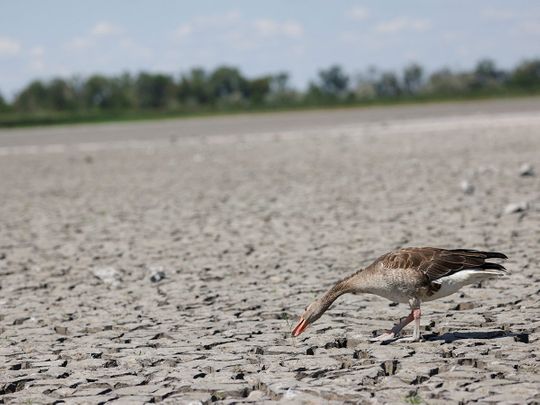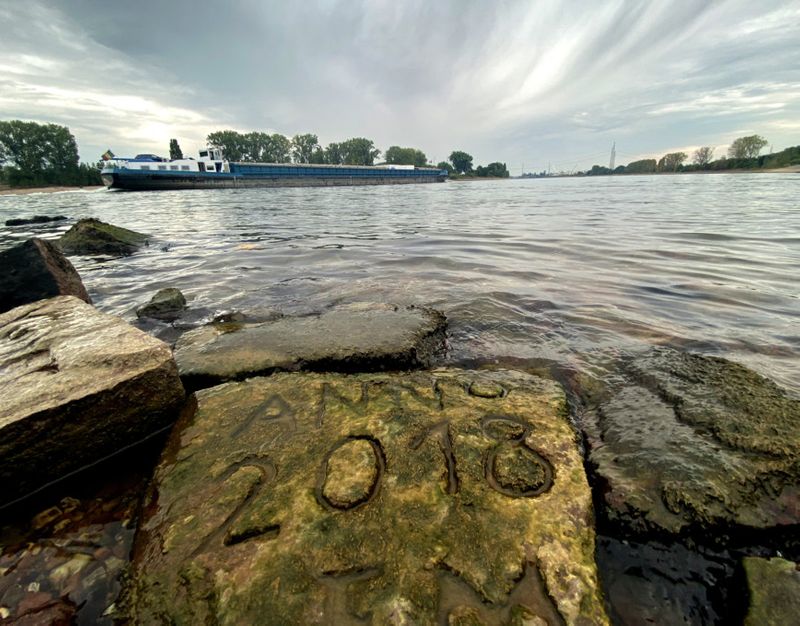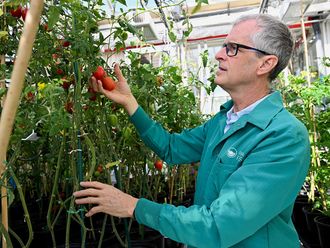
BRUSSELS: Europe is currently in the throes of a drought that appears to be the worst in at least 500 years, according to a preliminary analysis by experts from the European Union’s Joint Research Centre.
Some 64% of the EU is under a drought warning or alert, according to a new report from the European Drought Observatory. The bloc’s experts said they expect the warm and dry conditions, which are fueling wildfires and reducing crop outputs, to continue in parts of the region until November.
“The combination of a severe drought and heat waves has created an unprecedented stress on water levels in the entire EU,” Mariya Gabriel, the bloc’s commissioner for research, said Tuesday in a statement. “Climate change is undoubtedly more noticeably every year.”
Several EU crops are being hit particularly hard, with the yield forecasts for grain 16% below the 5-year average, and 15% below it for maize, according to the latest data.
The August report of the European Drought Observatory (EDO), overseen by the European Commission, said 47% of Europe is under warning conditions, with clear deficit of soil moisture, and 17% in a state of alert, in which vegetation is affected.

“The severe drought affecting many regions of Europe since the beginning of the year has been further expanding and worsening as of early August,” the report said.
Summer crops have suffered, with 2022 yields for grain maize set to be 16% lower than the average of the previous five years and soybean and sunflowers yields set to fall by 15% and 12% respectively.
Hydropower generation has been hit, with further impact on other power producers due to a shortage of water to feed cooling systems.
Low water levels have hampered inland shipping, such as along the Rhine, with reduced shipping loads affecting coal and oil transport.
The EDO said mid-August rainfall may have alleviated conditions, but in some cases it had come in the form of thunderstorms that caused further damage.
The observatory’s drought indictor is derived from measurements of precipitation, soil moisture and the fraction of solar radiation absorbed by plants for photosynthesis.












